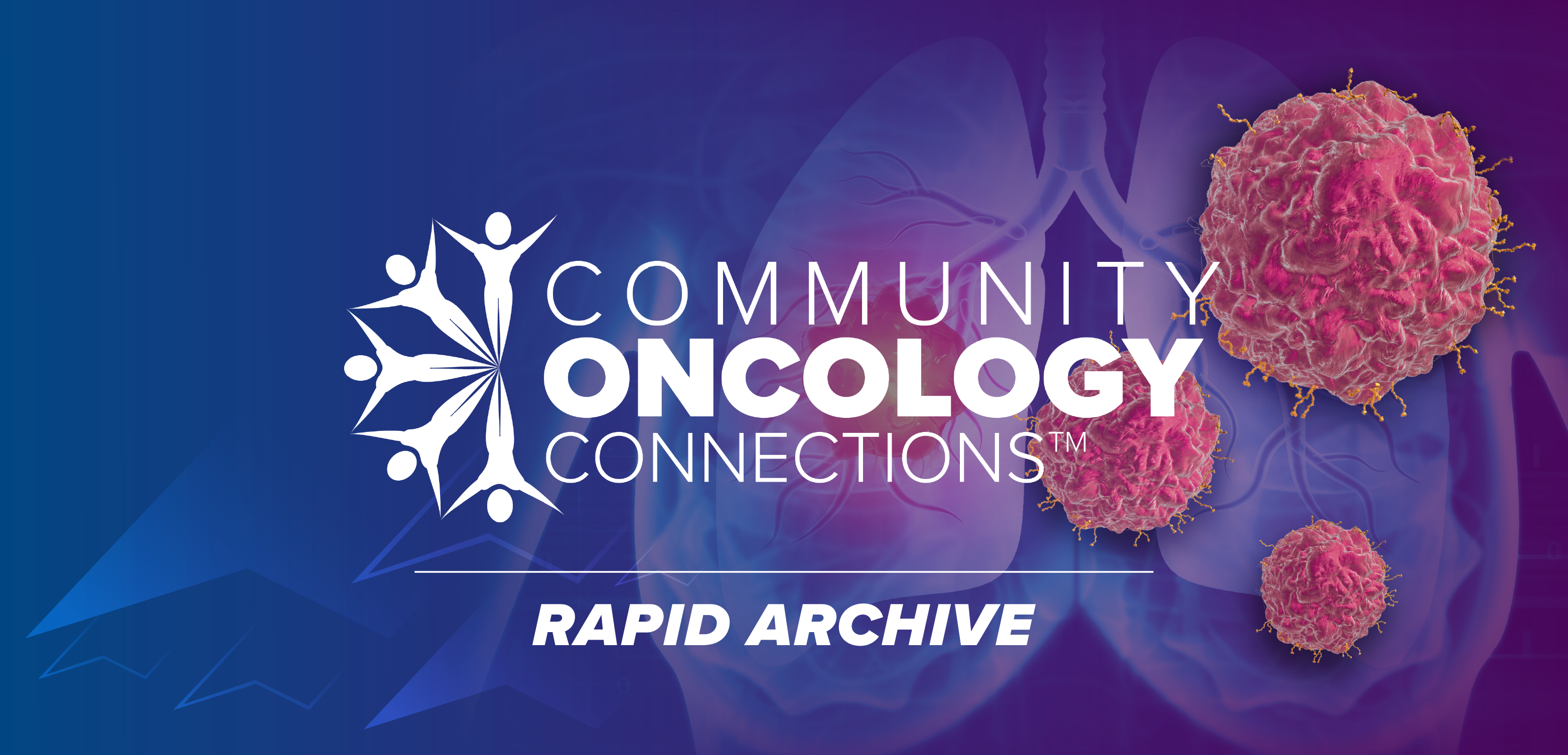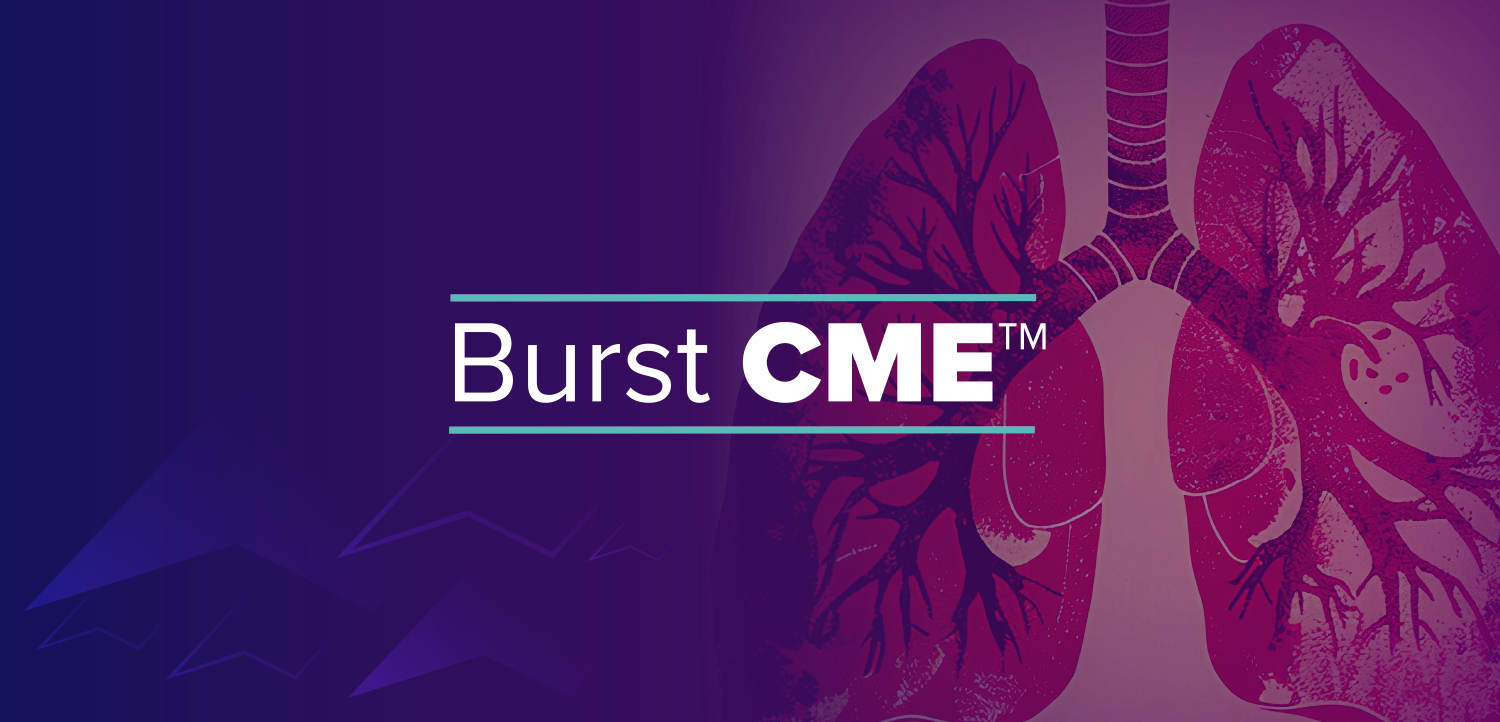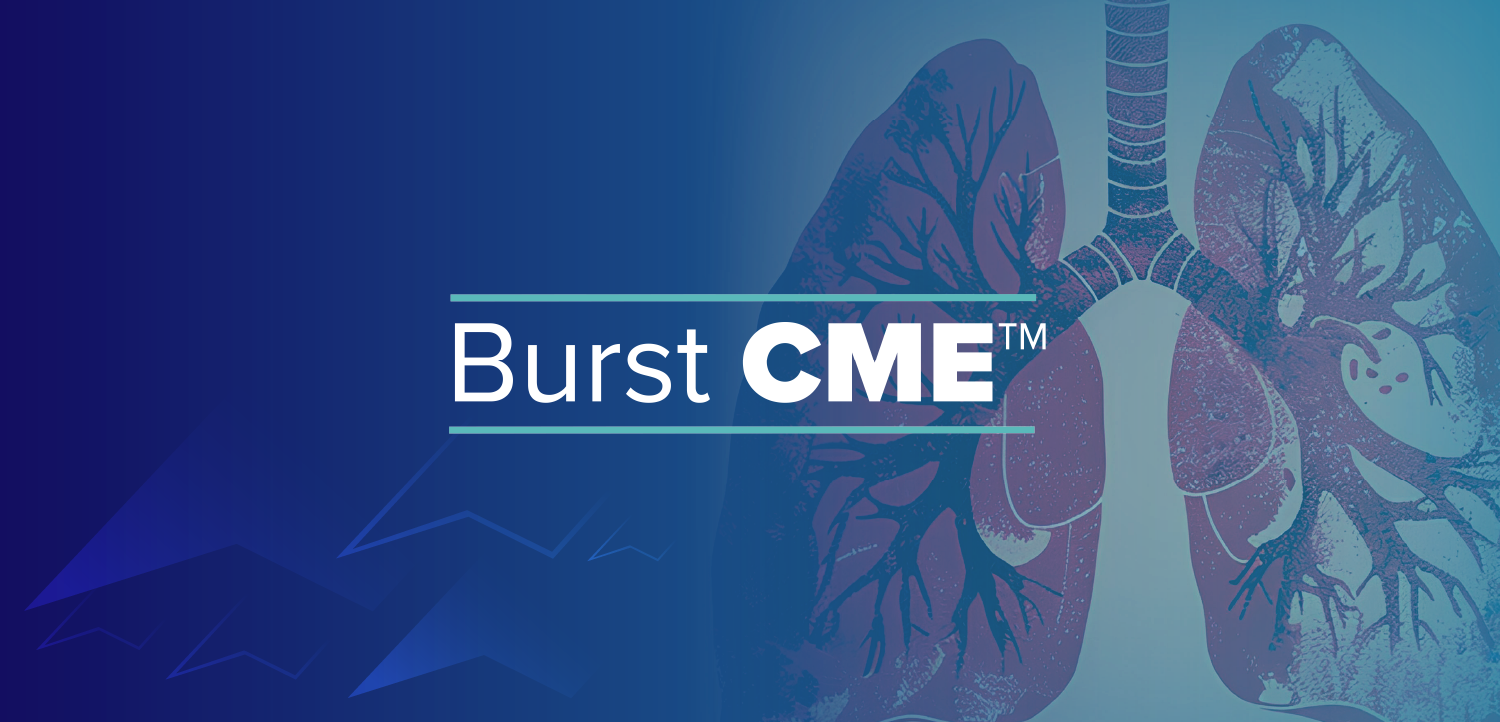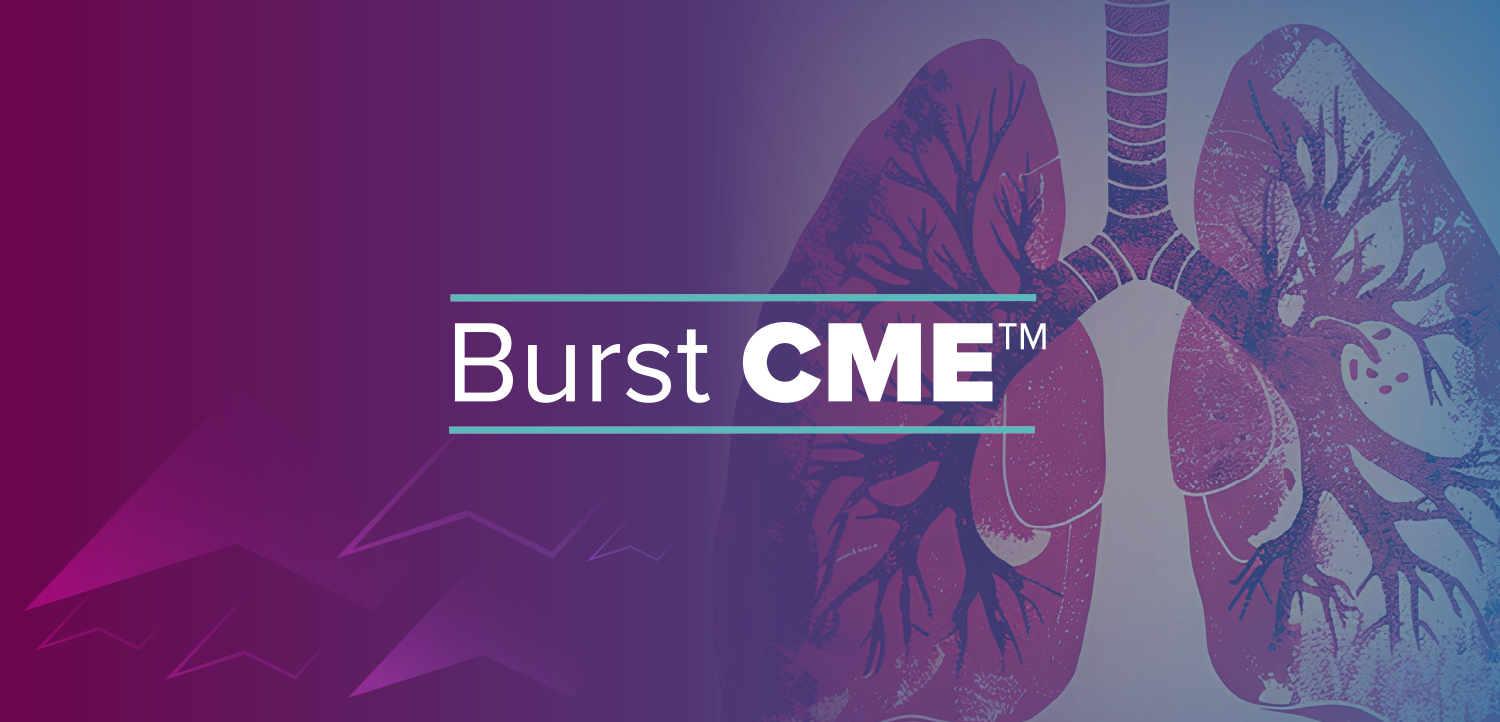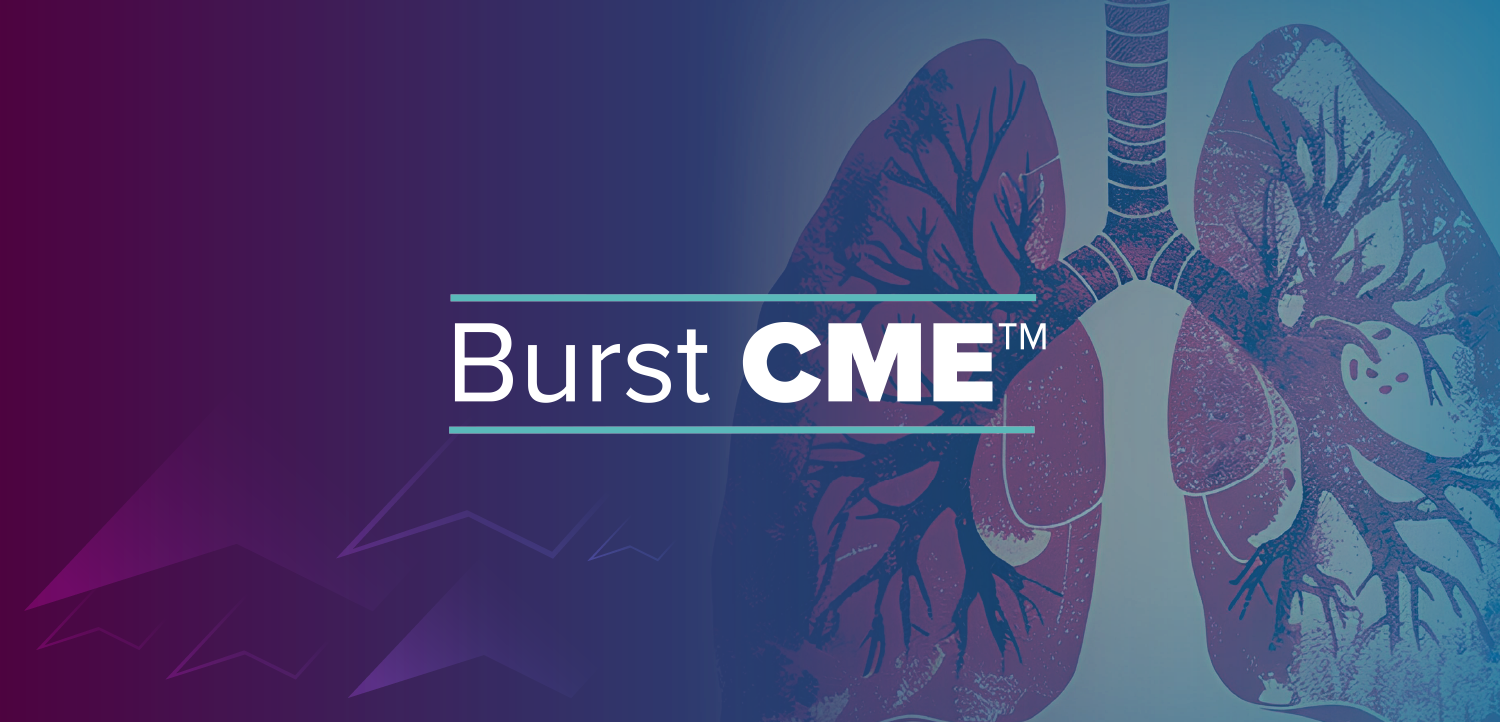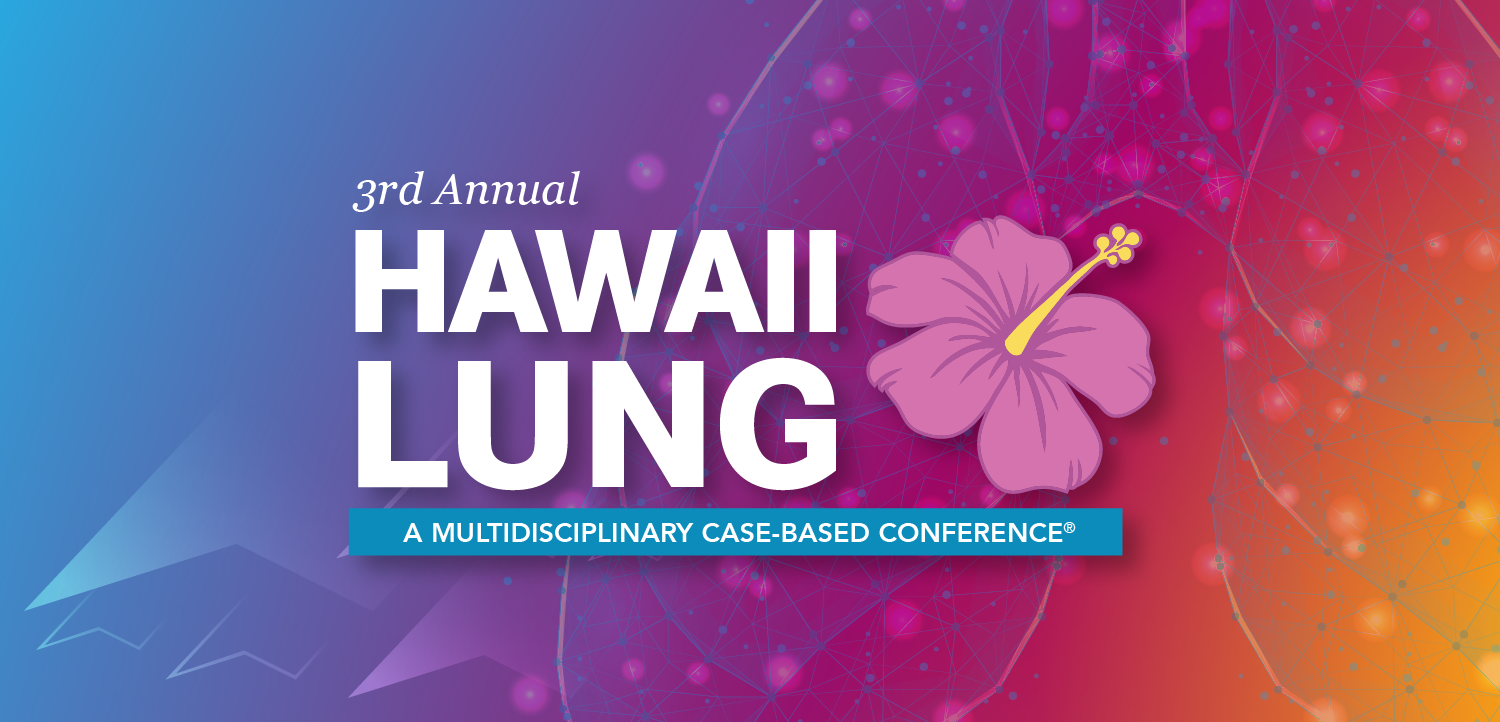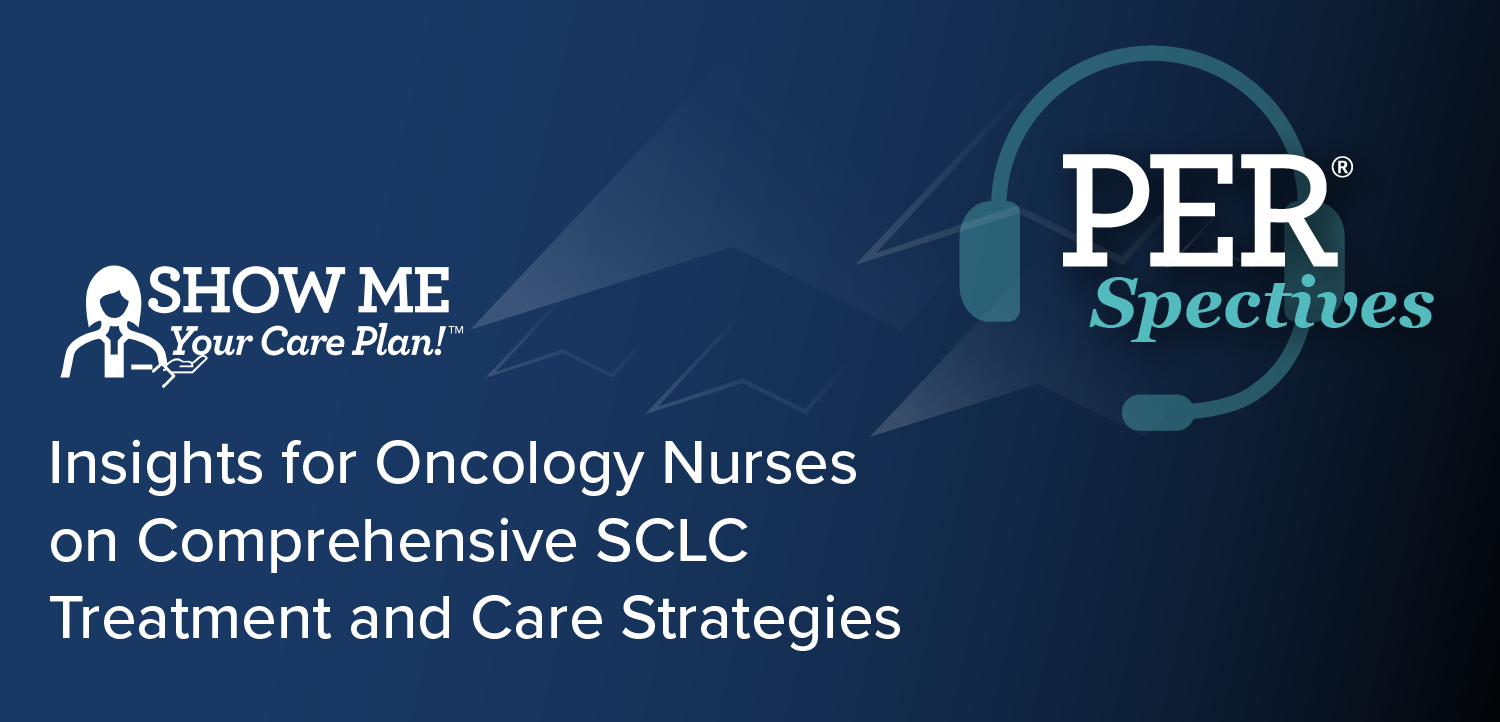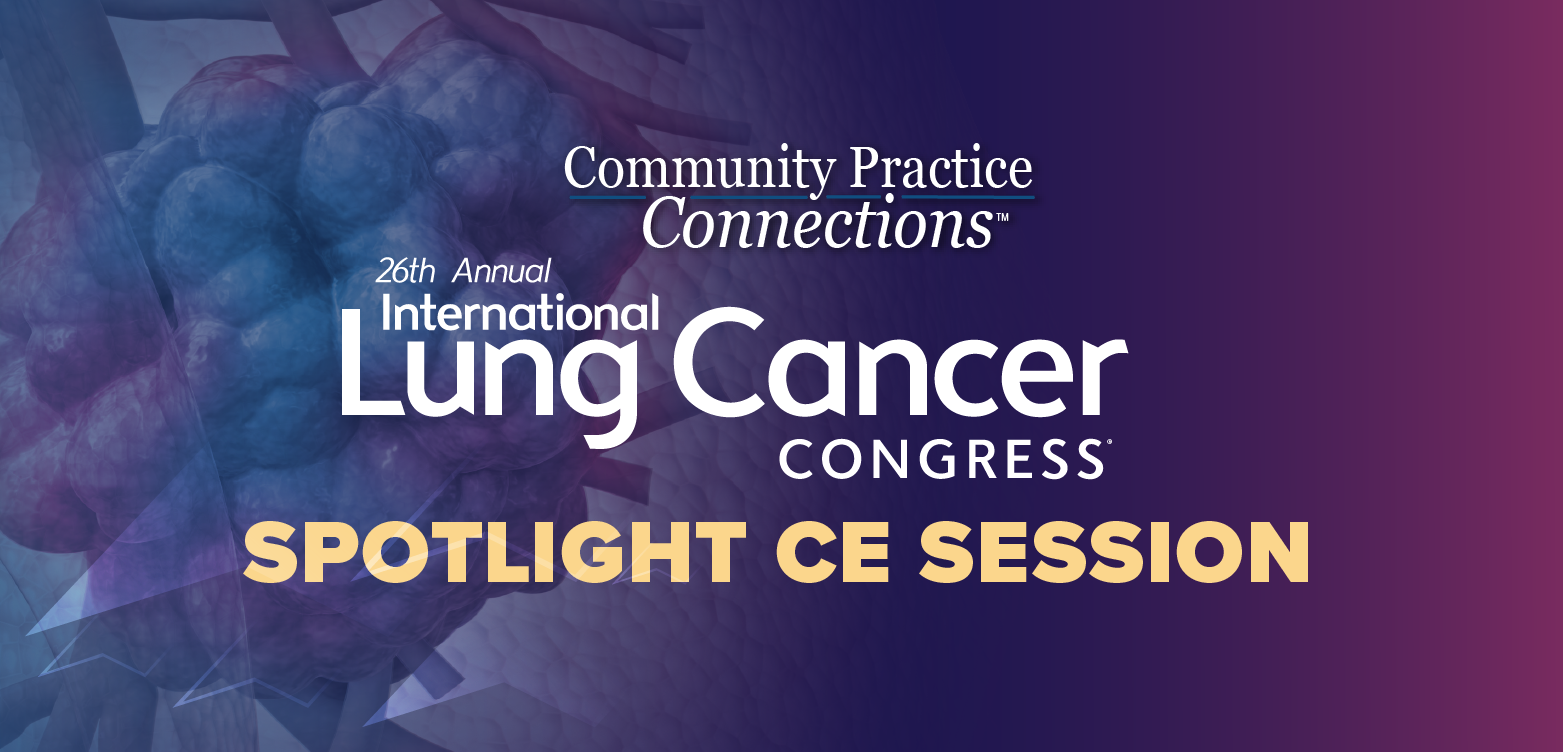Why Employers Should Care About Elder Care
Caring for parents or other relatives is a challenge for one out of four U.S. workers, sometimes forcing them to choose between doing their family duty or their job. Helping to resolve the conflicts pays off for employers.
Why Employers Should Care About Elder Care
By Kelly Brantman
Caring for parents or other relatives is a challenge for one out of four U.S. workers, sometimes forcing them to choose between doing their family duty or their job. Helping to resolve the conflicts pays off for employers.
There is no question that an aging world population increases the need for elder care. More than 17 percent of Japan's population is 65 and older. The U.S. follows close behind with 13 percent of its people 65 and older a number that will balloon to 20 percent by 2030, according to Alan Greenspan in a report given to the U.S. Special Committee on Aging earlier this year.
The rapid growth of the "elderly dependency ratio" over the past two decades has saddled more employees with the tasks of caring for elderly parents. These responsibilities often follow them to work, causing stress, lack of productivity, absenteeism and even turnover. Trends such as these are directly impacting your workplace.
- One in four workers has responsibility for caring for an aging parent, according to the 2002 Benefit Survey of the Society of Human Resource Management.
- U.S. companies lose $11 billion a year due to absenteeism, turnover and lost productivity among employees who care for elderly people, the National Alliance for Caregiving and MetLife calculated in 1997.
- One-fifth of people who provide care for the elderly leave their jobs at least temporarily because of those responsibilities, the AARP found in its 2001 survey of baby boomers coping with family and aging issues.
The problem is compounded by the fact that many employees live far away from the elderly relatives for whom they care. The National Council on Aging reported in 2000 that about one in four workers takes care of a relative who lives more than an hour away and misses, on average, one day of work per month to give care. Dealing with elder care issues over long distances amplifies the stress and time demands on caregivers, leading to yet more absenteeism.
Even though the elder care challenge affects so many people, available assistance remains scarce. In the U.S., there are cultural barriers to adequately addressing the problem. Americans place far more importance and resources in child care, unlike Sweden and France, which place equal or greater emphasis on elder care. Another cultural barrier is the fact that many caregivers resist seeking help out of guilt. For example, an employee may think if he uses an elder care service, he is shrugging off his duty to his elderly parent or relative.
This resistance to help can make it harder for employers to see a need for elder care services, even as their employees spend copious amounts of time, energy and resources in the care of loved ones. With the right program, a company can give employees the support they need to be present and engaged at work, and reap the benefits of better morale, attendance and retention, and increased overall productivity.
Assessing and meeting employee needs
The statistics noted above suggest that a quarter of your workforce may need elder care assistance. To evaluate your company's needs more closely, simply look at employee demographics. One tell-tale sign is the presence of baby boomers (those age 41 to 59, roughly), whose parents are likely in their 70s or 80s. Another way to gauge levels of need and interest is to invite employees to an informal presentation about options from an elder care or work-life vendor. You may be surprised at the turnout.
Elder care services are packaged in a number of ways, ranging from simple information and referral services that start at several dollars per employee per year to on-site care services that cost $800 to $1,000 per case and may be subsidized wholly or in part by the employer.
A level of care somewhere between the two is increasingly recognized as effective. These new services have a holistic approach, which takes into consideration all the challenges encountered by caregivers, such as legal and financial obstacles as well as long-distance hurdles, since the elderly relative may live hours away or out of state. Specific assistance includes:
- Expertise in planning. Services that emphasize planning ahead often result in tremendous cost savings for the employee. For instance, an elder care expert will identify long-term care insurance options, conduct research to find better care at a better price and help the employee take advantage of discount plans.
- An in-home assessment for the employee's elderly relative, using a select network of elder care specialists across the country. At the employee's direction, an experienced specialist will visit the home of the elder, thoroughly review the living situation and recommend what services and care might best increase safety and comfort.
- Access to a team of lawyers and financial planners for help in understanding legal and financial issues vital to an elder's care. These experts, in concert with the in-home specialist, are critical in helping the employee untangle the webs of Medicare, Medicaid, Social Security, estate planning, guardianship and conservatorship. These services ease financial stress and save an immeasurable amount of time for employees.
- Facility assessment to help select, if needed, a quality assisted living alternative. Elder care specialists conduct a family consultation, review government inspection reports and surveys of appropriate facilities and assemble a referral package. These packages feature third-party, unbiased rating systems. (Rating systems provided by Medicare rely on each facility to self-report problems or complaints.)
These more in-depth elder care services are particularly effective when integrated with a larger work-life and employee assistance program. This seamless approach recognizes that elder care issues are multifaceted. For instance, an employee whose mother has had a stroke may suffer emotional trauma personally, and may have questions about how to pay for long-term care, such as whether insurance will cover the expenses or whether Medicare options are available. With an integrated program, the employee can call one phone number for access to counselors and legal and financial specialists. This team will work together on the individual employee's situation until all problems are resolved.
Using this holistic approach gives your employees peace of mind and helps remove the unavoidable distractions of elder care issues, resulting in better attendance and improved workplace productivity.
Implementing a successful program
Once your company has made the decision to support employees with elder care services, the program's success will depend upon how it is launched. Here are some tips to implement an effective program:
- Educate employees on elder care trends and offerings. Knowing that caregivers often resist asking for assistance, companies can help employees feel more comfortable about using elder care services. Often, when employees find out that they share a common caregiving challenge with a large portion of the U.S. population who often seek help they become more receptive to using the help available through the employer.
- Promote the program. Utilization rates of elder care programs can vary widely, based on employee awareness. As a subset to educating employees, it's important to continue to remind them about the program. A quality elder care provider will help you promote the program with brochures, periodic e-mails and help sheets to keep utilization up and absenteeism down.
- Consider integrating your elder care services with your employee assistance program. Because caregivers' time and energy can be particularly taxed, these employees may benefit from additional, personal help through a broader work-life and employee assistance program. With integrated programs, an employee gets one-stop shopping with access to guidance counselors, clinicians, and financial and legal experts.
- Gauge the effectiveness of the program. Review utilization and the success of the program periodically with your elder care provider. Does it save employees time? Does it give employees a better result than if they were completely on their own?
- Get feedback. Ongoing program evaluation with multiple avenues for employee feedback is a must. Review the mix of your elder care services on a regular basis to make sure employee needs are being met.
With the undeniable increase in elder care demands, elder care resources with a holistic approach can be a critical part in an employee benefit package to combat absenteeism and decreases in workplace productivity.
More Business & Health Articles About this Topic:
Resources:
Be sure to read the
Be sure to read
Be sure to download a copy of
Kelly Brantman. Why Employers Should Care About Elder Care.
Business and Health
Sep. 15, 2003;21.
Newsletter
Get the latest industry news, event updates, and more from Managed healthcare Executive.

